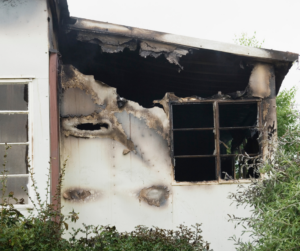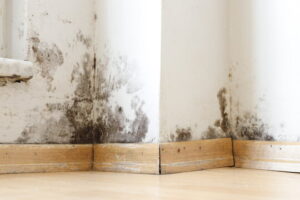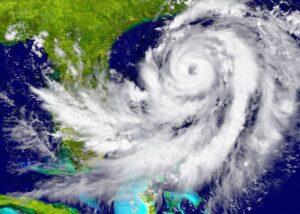Water damage is one of the most common and devastating issues homeowners face. Whether it’s a burst pipe, a leaking roof, or a natural disaster, water intrusion can wreak havoc on your property, leading to structural damage, mold growth, and costly repairs. That’s why proper water mitigation is essential. In this blog post, we will explore the key steps involved in effective water mitigation to help you protect your home and minimize the potential damage.
- Act swiftly: When faced with water damage, time is of the essence. The longer water sits, the greater the extent of damage it can cause. As soon as you discover water intrusion, take immediate action to mitigate the problem. Identify the source of the water and shut it off if possible. Additionally, turn off electrical power in affected areas to prevent the risk of electrocution.
- Ensure personal safety: Before you begin any water mitigation efforts, prioritize personal safety. If the water is extensive or there is a risk of contamination, it’s best to evacuate the area and seek professional assistance. Water from sewage backups or flooding may contain harmful bacteria or chemicals, posing health risks.
- Remove standing water: Using appropriate safety gear like rubber boots and gloves, start by removing standing water from the affected areas. Depending on the severity of the water damage, you can use a wet/dry vacuum, pumps, or buckets to extract water. If the amount of water is significant, consider renting professional-grade equipment or contacting a water damage restoration company.
- Dry out the area: After removing the standing water, it’s crucial to thoroughly dry out the affected space. Use fans and dehumidifiers to increase air circulation and reduce humidity levels. Remove wet materials such as carpets, furniture, and upholstery, as they can trap moisture and promote mold growth. If possible, salvageable items should be taken to a dry area for proper drying and restoration.
- Mitigate mold growth: Mold can quickly develop within 24 to 48 hours after water damage occurs. To prevent mold growth, sanitize and disinfect affected surfaces using appropriate cleaning agents. Pay close attention to hidden areas, such as behind walls and under flooring, as mold can thrive in these concealed spaces. If mold growth is extensive, consult with a professional mold remediation specialist to ensure thorough removal.
- Repair and restore: Once the affected area is dry and free from mold, assess the extent of the damage. Repair or replace damaged building materials, such as drywall, insulation, and flooring. Ensure proper insulation and sealing to prevent future water intrusion. Depending on the severity of the water damage, you may need to consult with professionals, such as plumbers, electricians, or contractors, to address underlying issues and ensure proper restoration.
- Take preventive measures: To minimize the risk of future water damage, consider implementing preventive measures. Regularly inspect and maintain your plumbing system, including pipes, faucets, and water supply lines. Ensure proper drainage around your property, keeping gutters and downspouts clear of debris. Install a sump pump in areas prone to flooding. Additionally, consider investing in water leak detection devices or a smart home monitoring system to alert you of any potential water leaks or anomalies.
Proper water mitigation is crucial to safeguarding your home from the devastating effects of water damage. By acting swiftly, ensuring personal safety, removing standing water, drying out the area, mitigating mold growth, and taking preventive measures, you can significantly reduce the impact of water intrusion. However, it’s important to remember that in severe cases or instances of contaminated water, it’s best to seek professional assistance to ensure thorough and safe water mitigation. Protect your investment, maintain ahealthy living environment, and save yourself from unnecessary expenses by following the steps outlined in this article. Remember, prevention and swift action are key when it comes to water mitigation. Stay vigilant, stay prepared, and keep your home safe and dry.







Give us a follow!